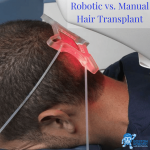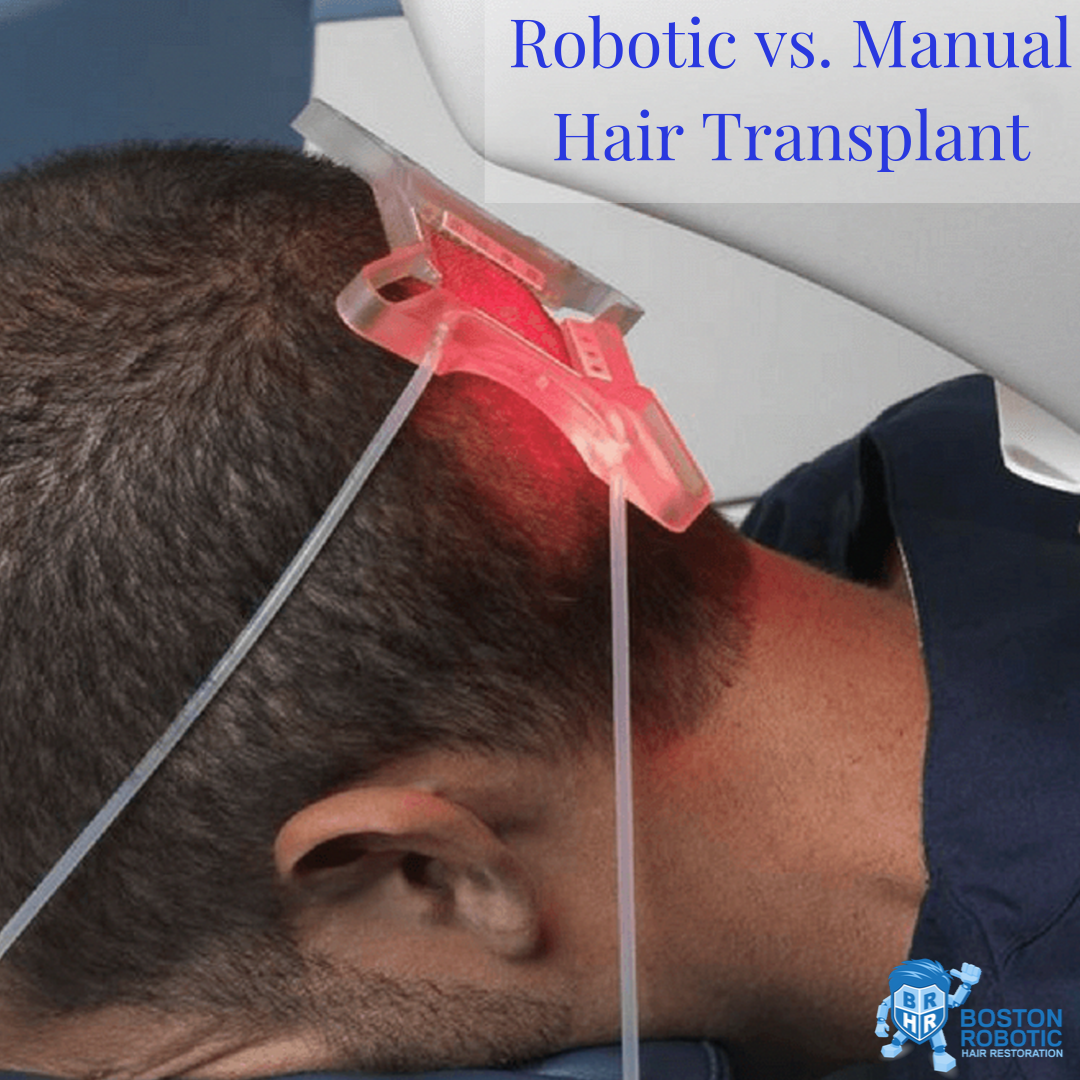
Hair Transplants: What to Expect
What to expect from a hair transplant
A hair transplant is a great way to stop and better the thinning of hair or balding in men. The way it works is taking hair from thicker parts of the scalp, usually the back of the head and grafting it to the thinning or balding section. But does it really work? We have made it easy for you by providing you a list of what to expect from a hair transplant.
Read on to find out what to expect from a hair transplant
80% of men in the United States suffer from some sort of hair loss, be it hair thinning or baldness. To address this, some resort to over the counter creams and products like rogaine. But the better hair restoration method is a hair transplant. But, do they work? Hair Transplants have been known to be more successful than other hair restoration product. But there are some aspects you should take into account:
You head will be shaved
To be able to undergo the procedure, your remaining hair will be shaved. This may seem counterproductive but this is to be able to reach your thickest hairs and then extract. But don’t worry, the hair will grow back, along with the new grafted hair, which will start to grow in three to four months but will start showing results in six to nine months.
Grafted hair will thin over time
Like regular hair, the transplanted hair will thin over time. What a hair transplant is doing is reverting the process, but when you are growing older, this hair will also thin. This is when other hair restoration services, like plasma therapy or PRP is helpful, making the hair stronger and even making it grow faster.
They might not work on everyone
Hair Transplants don’t work on everyone. A typical candidate is someone who is balding or who’s hair is naturally thinning. Since hair transplants are done by transplanting existing hair, it might not work on people whose hair is thinning everywhere or is widespread baldness, instead of just pattern baldness. People who have thick scars on their scalp due to injuries or who have burns on their scalp will not be eligible, because they will not have enough hair to be transplanted.
Also, hair loss due to chemotherapy or other strong medications cannot be fixed by a hair transplant. People with illnesses like lupus or alopecia, which causes hair loss, may also not eligible for a hair transplant because of the lack of transplantable hair.
How does it work?
Before starting a hair transplant, your surgeon will sterilize the area where the hair will be removed and numb it with local anesthesia. You can also request sedation in order to stay more relaxed during the procedure. The way a hair transplant works depends on which type of procedure you’re getting done. You have two options: FUT or FUE.
Follicular Unit Transplantation (FUT) is also known as strip surgery. To perform this procedure, the surgeon will remove pieces of your scalp from the back of the head, usually 6 to 10 inches long, but it can sometimes stretch ear to ear. Then, the area is closed with stitches. The area that was removed is separated into smaller pieces, sometimes as many as 2000 pieces, which are called grafts, which contain one or several hairs in it.
Then, the surgeon will make small holes into your scalp, where the hair will be transplanted and then insert the hairs from the removed piece. This is called grafting. The number of grafts you receive depends on your type of hair, the size of the transplanted area and the thickness of the hair.
Follicular unit extraction (FUE) requires different steps and has different methods. First, your scalp is shaved. Then, individual follicles from the back of your head are extracted, either by a doctor or by a machine. This last procedure is called Robotic FUE and is the latest state of the art technology, which reduces any possible surgeon error. Tiny marks will be left where each follicle was removed, but that is all you will see. Small holes are then made into your scalp and the hair follicles are transplanted into them.
Recovery
The difference between these procedures is that FUE leaves no scarring and is less painful, as well as having a shorter recovery time. Both procedures take several hours to complete, but you will go home the same day of the procedure. The area may be swollen for a while and you will feel a little pain at the transplant site, so your doctor may prescribe pain medications and in some cases, antibiotics to prevent infections and anti-inflammatories.
Aftercare
- You should wait a few days after the hair transplant to wash your hair and use mild shampoos for the first few weeks.
- You should be able to return to work in about 2 or 3 days, especially in the case of FUE transplants.
- Try to not brush or comb down the new grafts (in the case of FUT) for 3 weeks.
- Try to not wear hats until your doctor authorizes you too.
- Try not to exercise for about a week.
- Expect some hairs to fall out, it’s a normal part of the process.
- The transplanted hair may take a few months to match your other hair.
Side effects
The most common side effect you can expect from a hair transplant is scarring. You can also experience some inflammation and loss of sensation in the surgical site. FUE tends to produce little to no scarring, because they are removing each hair follicle, instead of pieces of your scalp.
So there you have it, all you can expect from a hair transplant. Remember to always get your hair transplant done by a licensed, certified surgeon and have a hair consultation beforehand. It is important to understand that you may not be eligible for a hair transplant based on your hair volume or quality of hair, so this consultation is necessary.
Did you know Boston Robotic Hair Restoration is home to New England’s first ARTAS iX, an ARTAS Robotic Hair Restoration System which is an FDA approved, follicular unit extraction hair restoration procedure.The ARTAS iX machine is an advanced, robotic machine which uses artificial intelligence to calculate the natural shape of your hairline. With our advanced technology, a surgeon is able to use our ARTAS iX machine to extract singular units of hair follicles from your head. ARTAS iX replants your hair follicles for fast hair results, without the possibility of human error. Visit our website at https://robohairboston.com/ to learn more
Sources










